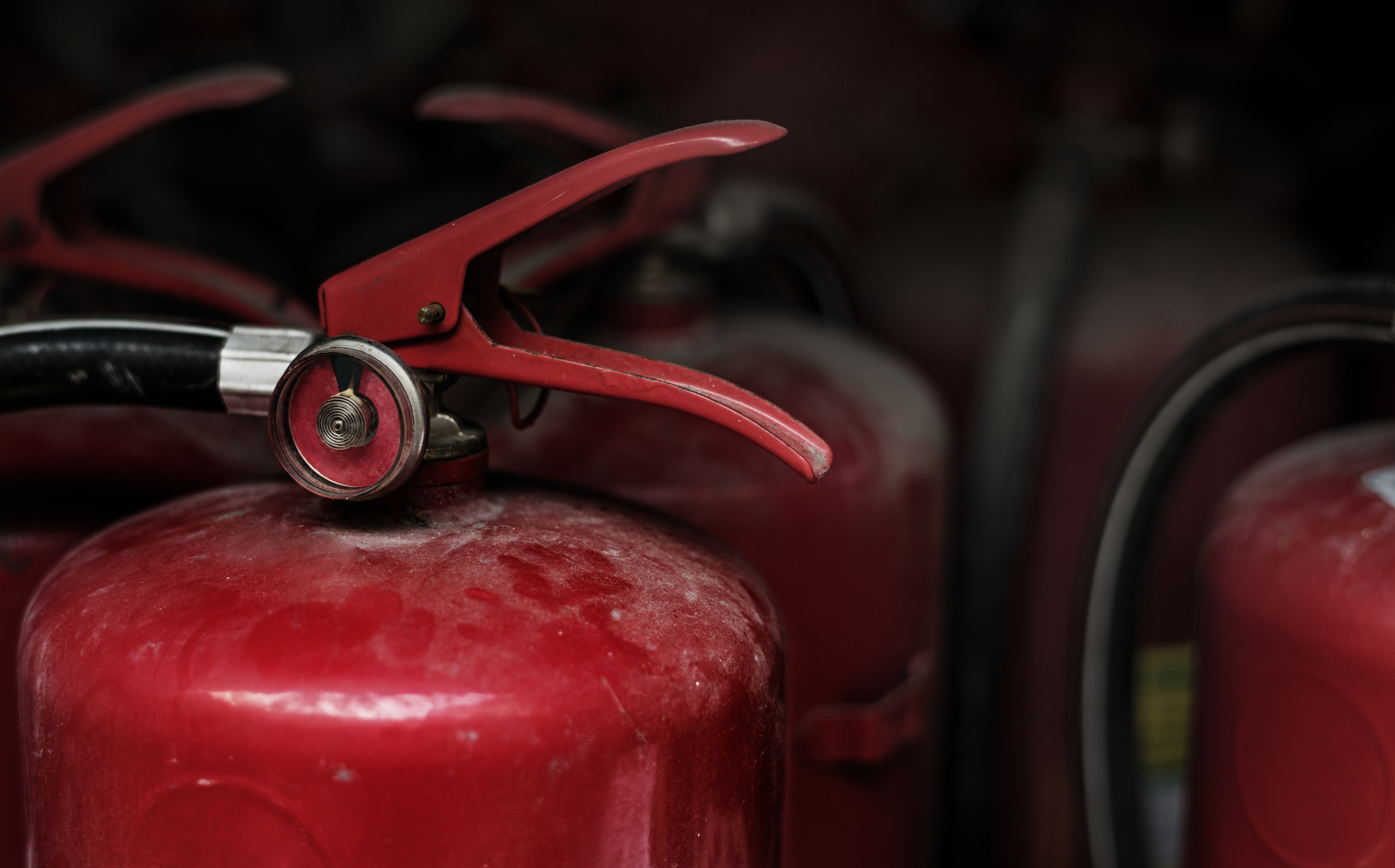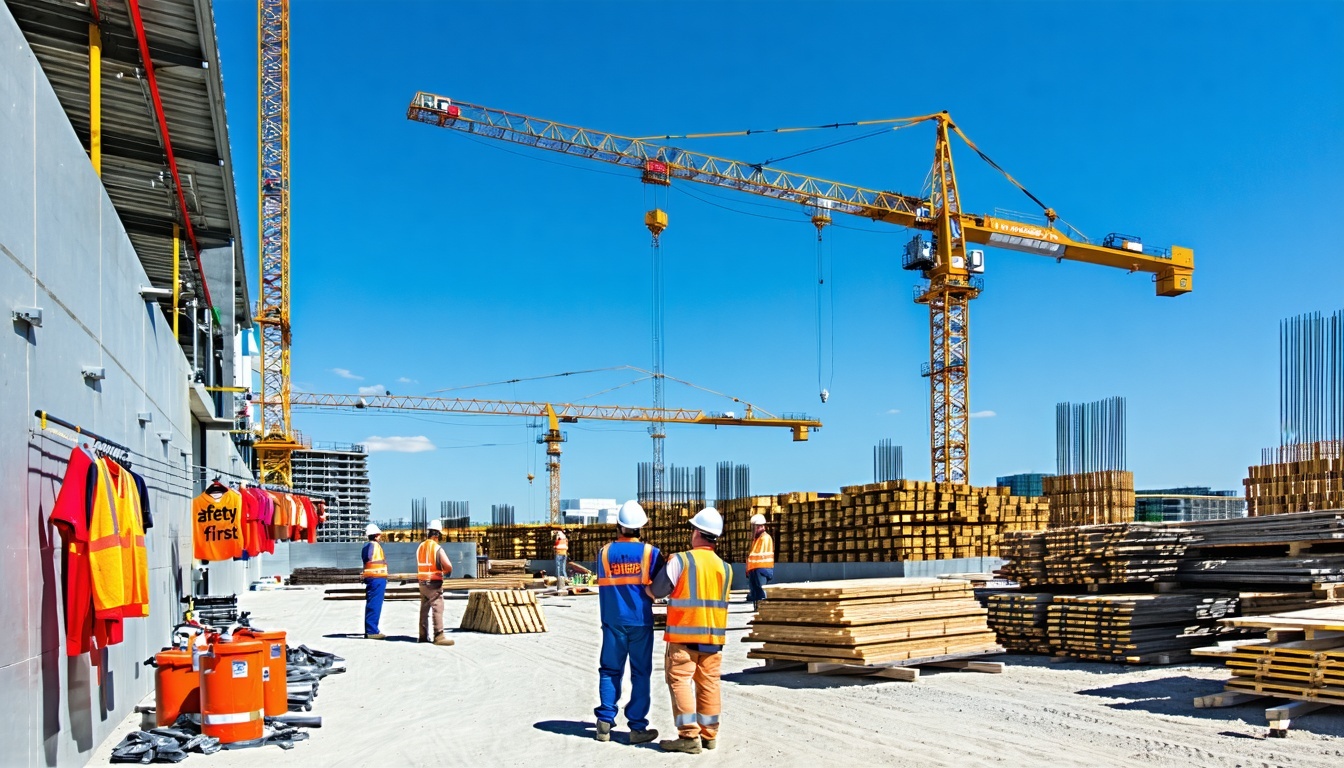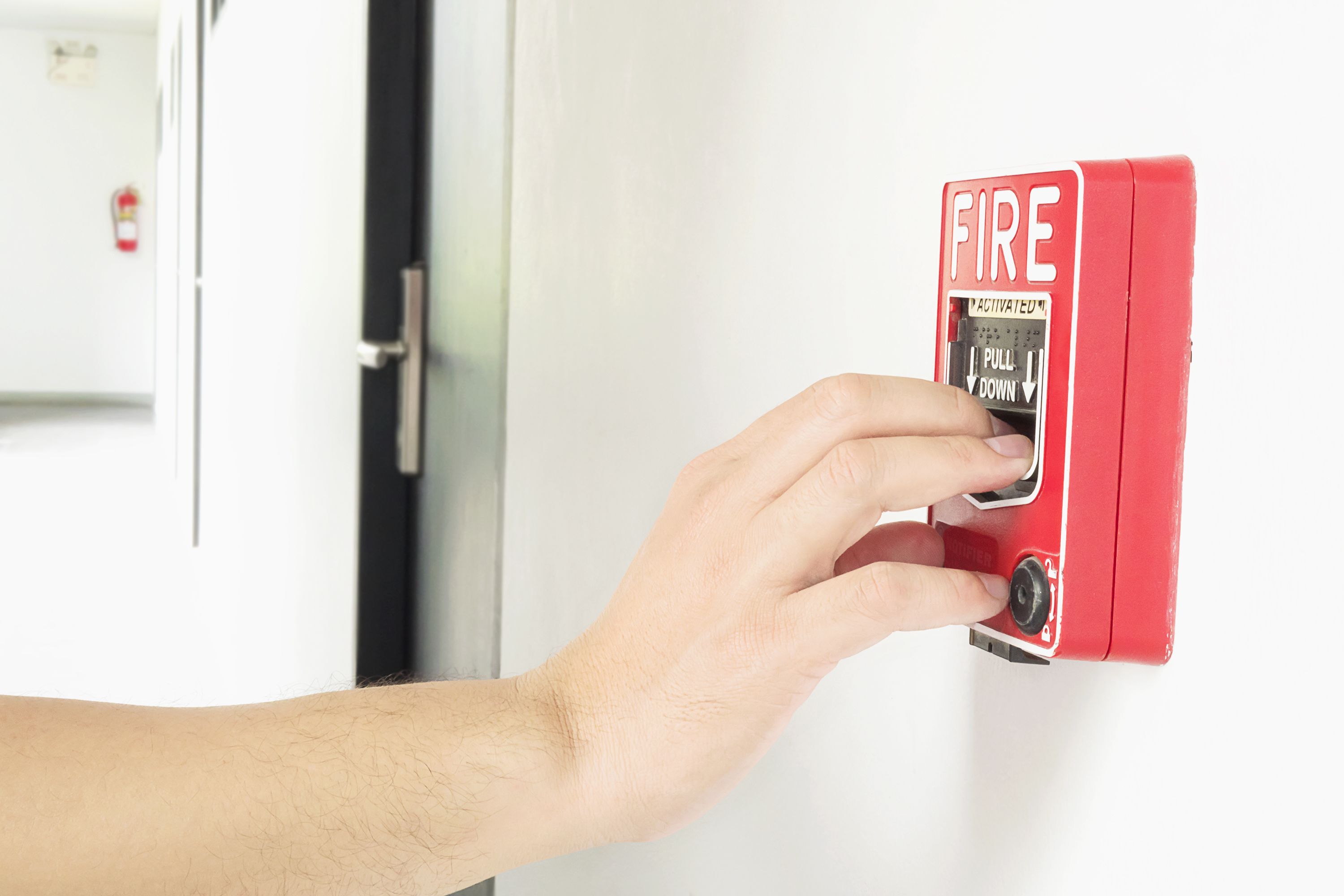Fire Safety Procedures in the Construction Industry: A Focus on High-Profile Projects in the UK
Fire safety is one of the most critical considerations on construction sites, particularly in high-profile and large-scale projects where the risks are amplified.
The construction industry, with its mix of raw materials, temporary structures, machinery, and often tight deadlines, presents unique challenges when it comes to preventing and managing fire risks. The UK, having a robust set of fire safety regulations and laws, mandates rigorous procedures to ensure the safety of workers and the integrity of the building site during construction. This article explores innovative fire safety procedures employed in the UK construction industry, with a focus on high-profile projects, an analysis of the relevant legislation, and practical tips for organisations to enhance fire safety on construction sites.
Importance of Fire Safety in the Construction Industry
Construction sites often involve a variety of hazardous conditions that increase the likelihood of fires. The presence of flammable materials such as wood, paints, solvents, and insulation materials, combined with the use of heavy machinery, electrical installations, and welding equipment, in often confined spaces, heightens the fire risk. The construction process, which often takes place in stages, can expose workers to risks in different ways at different phases of the project.
High-profile projects, such as skyscrapers, major commercial buildings, and complex infrastructure, typically have heightened fire safety concerns. A fire on such a project can lead to catastrophic loss of life, financial losses, and major delays. As such, innovative fire safety procedures and protocols are essential in mitigating these risks.
Relevant Legislation and Fire Safety Standards
In the UK, several key pieces of legislation and regulations govern fire safety on construction sites. These are designed to ensure that fire risks are minimised, and workers are adequately protected.
- The Regulatory Reform (Fire Safety) Order 2005
This is one of the most significant pieces of legislation in the UK governing fire safety in all non-domestic premises, including construction sites. Under this order, the 'responsible person' (usually the employer, principal contractor and/or site manager – there can be more than one responsible person for a single site) is legally obligated to carry out a fire risk assessment and take appropriate measures to reduce risks. The legislation stipulates that sites must have:
- Fire detection systems: To ensure early detection of any fire hazards and alert those on site should a fire occur.
- Escape routes: Clearly marked, unobstructed, and well-lit emergency exits.
- Fire-fighting equipment: Adequate supplies of extinguishers and other fire-fighting equipment, tailored to the types of fires most likely to occur.
- Training: Adequate fire safety training for all workers on-site.
- The Health and Safety at Work Act 1974
While the Health and Safety at Work Act does not specifically focus on fire safety, it does require employers and certain others on site (eg. contractors and self-employed persons) to provide a safe working environment for all employees, workers and others, which includes preventing fire risks. Under the Act, duty holders must take proactive measures to ensure that risks are assessed and mitigated.
- Building Safety Act 2022
Those in the construction sector should also be aware of their obligations under the Building Safety Act 2022. Under this legislation, the spread of fire is expressly recognised as a ‘building safety risk’ under the Building Safety Act 2022, and should be part obligations imposed to address those risks.
Where construction work is being undertaken on a ‘higher-risk building’, these obligations include the ‘accountable person’ completing assessments of the ‘building safety risks’ and taking all reasonable steps to prevent these risks materialising and reduce their severity should they arise.
- Construction (Design and Management) Regulations 2015 (CDM 2015)
The CDM Regulations impose specific duties on construction projects to ensure that fire safety is integrated into the design and management stages. The regulations require the principal designer and principal contractor to ensure that adequate fire safety procedures are incorporated into both the planning and execution of construction works.
- Building Regulations (Part B - Fire Safety)
These regulations provide guidance on the design, construction, and maintenance of buildings with fire safety in mind. Part B deals with matters like fire resistance, means of escape, fire detection and alarm systems, and suppression systems in buildings under construction.
Innovative Fire Safety Procedures in High-Profile Construction Projects
High-profile construction projects in the UK are increasingly adopting innovative fire safety procedures to safeguard workers and minimise risks. Some of these procedures focus on proactive fire prevention, while others emphasise emergency response preparedness.
- Use of Fire-Resistant Materials
One of the most significant advancements in fire safety for high-rise buildings is the use of fire-resistant materials. For example, fire-resistant cladding, insulation, and fireproof coatings for structural steel are being used more widely. These materials help prevent the spread of fire and maintain the structural integrity of buildings in case of an emergency.
- Case Study: The Grenfell Tower Fire (2017) highlighted the deadly consequences of inadequate cladding materials. Since then, many high-rise buildings have transitioned to more fire-resistant materials as a result of regulatory pressure and safety concerns.
- Automated Fire Suppression Systems
In large construction projects, integrating automated fire suppression systems is becoming standard. For instance, high-tech sprinkler systems, often integrated with smoke detection sensors, can immediately respond to a fire before it spreads. These systems are designed to work in tandem with fire alarm systems, providing a multi-layered approach to fire risk management.
- Case Study: Crossrail Project utilised advanced fire detection and suppression systems to protect workers and structures. Crossrail also employed wireless fire detection units for temporary buildings on the site, which allowed immediate action to be taken if needed.
- Robotic Fire Safety Systems
Innovative robotic systems that can monitor fire hazards remotely are increasingly being used on construction sites. These autonomous robots are equipped with thermal imaging cameras and sensors that can detect temperature anomalies or the presence of smoke, alerting the control room before human intervention is necessary. These technologies are particularly useful for monitoring large-scale projects with difficult-to-reach areas.
- Drones for Fire Safety Inspections
Drones equipped with thermal imaging are also being used for fire risk assessments. Drones can access hard-to-reach areas and provide real-time data on temperature fluctuations or potential fire hazards, helping to quickly identify risks before they escalate.
- Training and Simulations
In high-profile construction projects, advanced fire safety training is also a key innovation. Virtual reality (VR) and augmented reality (AR) are increasingly used to simulate fire scenarios for workers. These tools provide workers with immersive, hands-on training in fire evacuation procedures, hazard identification, and the proper use of fire suppression equipment.
Practical Fire Safety Tips for Organisations
For construction companies to enhance fire safety on their projects, especially on high-profile sites, the following practical tips can be beneficial:
- Conduct Regular Fire Risk Assessments
Ensure that fire risk assessments are carried out at each stage of the project and provide others on site with the information they need from these assessments. These assessments should be updated regularly as the project progresses to ensure that fire risks are adequately managed and mitigated at all times.
- Ensure Compliance with Legislation
Familiarise yourself with the relevant fire safety legislation and ensure compliance at all times. This includes meeting the requirements of the Regulatory Reform (Fire Safety) Order 2005, the Health and Safety at Work Act, the Building Safety Act 2022 and the CDM Regulations.
- Implement a Fire Safety Plan
Develop a comprehensive fire safety plan that includes clear evacuation routes, fire assembly points, and emergency contact details. Ensure that all workers are well-versed in the plan, especially in terms of evacuation procedures.
- Use Fire Safety Technology
Invest in the latest fire safety technology, such as automated detection systems, suppression equipment, and mobile fire extinguishers. Always ensure that these systems are maintained and fully functional.
- Train Workers Regularly
Regular fire safety training is crucial. This training should cover fire prevention, the use of fire safety equipment, evacuation procedures, and specific risks associated with the construction project. A well-prepared workforce is a key element of effective fire safety. The maintenance of accurate, written records of delivered training is also important.
- Work with Fire Safety Experts
Collaborate with fire safety professionals who can provide expert advice on risk assessments, fire suppression systems, and compliance with legislation. Bringing in specialists ensures that no stone is left unturned when it comes to safety.
Conclusion
Fire safety on construction sites, particularly in high-profile projects, requires constant vigilance, innovation, and adherence to legislation. By integrating advanced technologies, employing fire-resistant materials, and ensuring that workers are thoroughly trained, construction companies can significantly reduce the risks of fire and ensure the safety of all involved. The UK’s rigorous fire safety laws and proactive procedures are essential for minimizing fire risks and protecting lives, and adopting these procedures is crucial for the successful and safe completion of large-scale construction projects.




